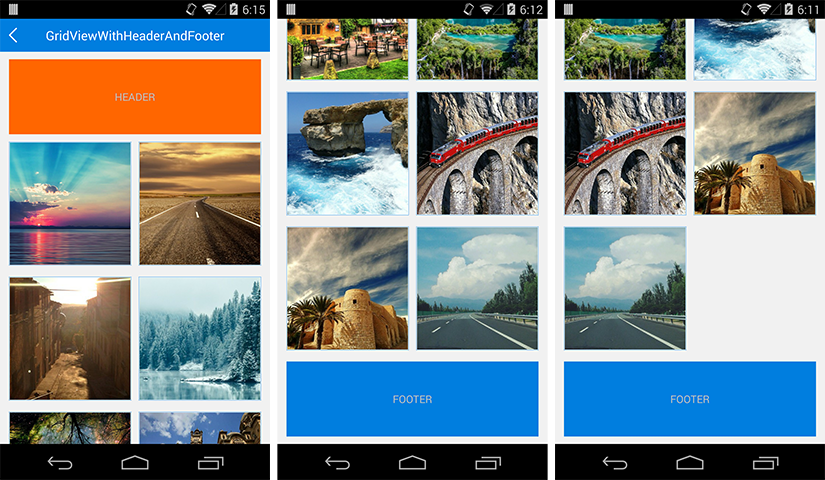

setLayoutManager ( new LinearLayoutManager ( this, LinearLayoutManager. Make sure you set the appropriate orientation in the LayoutManager too: // HORIZONTAL for Gravity START/END and VERTICAL for TOP/BOTTOM recyclerView. attachToRecyclerView ( startRecyclerView ) If you want the same behavior as the Google Play app, now you only need to change the previous code to: SnapHelper snapHelper = new GravitySnapHelper ( Gravity. To make this easier to do, I created a GravitySnapHelper that supports snapping in 4 directions (start, top, end, bottom). To replicate the Google Play behavior, we need to override the calculateDistanceToFinalSnapĪnd findSnapView methods of the LinearSnapHelper to find the start view and calculate the distance needed to snap it to the correct position. Step 1 Create a new project in Android Studio, go to File New Project and fill all required details to create a new project. The trick here is to make sure NotifyItemChanged is called only if the oldvalue is not same as new value. This example demonstrates how do I use RecyclerView inside NestedScrollView in android. Once the NotifyItemChanged is called, the recyclerview at the specified position will be updated/redrawn. The only code needed is: SnapHelper snapHelper = new LinearSnapHelper () snapHelper. NotifyItemChanged Signals that the item at the specified position has changed.

If you use the default LinearSnapHelper, you can only snap to the center. You’ve probably already noticed this in the Google Play app:Īs you can see, the RecyclerView snaps to the first item in the adapter. Then it’s just a matter of scrolling the timeline by that many pixels using its layout manager. That should be used to handle snapping in a RecyclerView. We then simply add it to the current position (after converting it to seconds) and then calculate how many pixels we should scroll by multiplying it with the SEGMENTMULTIPLIER. The 24.2.0 version of the support library introduced two new classes


 0 kommentar(er)
0 kommentar(er)
